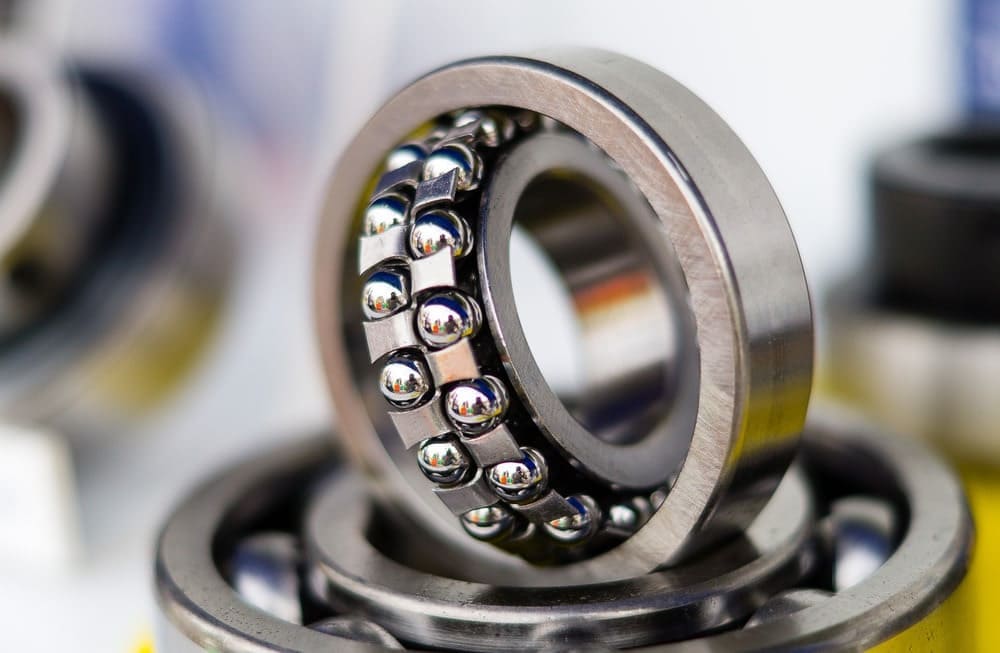Bearings
- Home
- Our Products
- Industrial Supplies
- Bearings

Description
Bearings are essential mechanical components that facilitate smooth and efficient movement between rotating or moving parts in various machinery and equipment. They support and reduce friction between moving surfaces by providing a low-resistance pathway for rotational motion. Bearings come in various types, including ball bearings, roller bearings, and thrust bearings, each designed for specific loads and applications. Ball bearings use spherical balls to minimize friction, making them ideal for high-speed applications, while roller bearings utilize cylindrical rollers to handle heavier loads and shock conditions. Thrust bearings are designed to support axial loads and are commonly used in applications like automotive and aerospace. Bearings are constructed from materials such as steel, ceramic, and plastic, chosen based on factors like load capacity, speed, and environmental conditions. Proper maintenance, including regular lubrication and inspection for wear or damage, is crucial to ensure the longevity and optimal performance of bearings. By reducing friction and supporting rotational motion, bearings play a critical role in the reliability and efficiency of various industrial machines, automotive systems, and consumer products.
Industry Used
FAQ
Bearings are used to reduce friction between moving parts, support rotating shafts, and facilitate smooth movement in machinery and equipment. They help in maintaining alignment and stability of components.
Common types of bearings include ball bearings, roller bearings, needle bearings, and thrust bearings. Each type is designed for specific applications based on load, speed, and environmental conditions.
Consider factors such as load capacity, speed, operating environment, and the type of movement required. Matching the bearing type and specifications to your application ensures optimal performance and longevity.
Bearings are usually made from materials such as steel, stainless steel, ceramic, or plastic. The choice of material depends on factors like load, speed, temperature, and corrosion resistance.
Regularly inspect bearings for signs of wear, such as noise, vibration, or temperature changes. Ensure proper lubrication and check for contamination or damage. Follow the manufacturer’s maintenance recommendations for best results.
Bearing lubrication reduces friction and wear between moving parts. It helps in cooling, prevents corrosion, and extends the lifespan of the bearing. Proper lubrication should be maintained according to the bearing type and operating conditions.
Common signs include unusual noise or vibration, increased temperature, or difficulty in movement. If you notice these symptoms, it’s important to inspect and potentially replace the bearing to prevent further damage.
Yes, bearings can be customized to meet specific requirements, such as unique sizes, materials, or load capacities. Contact our team for assistance with custom bearing solutions.
Bearing seals and shields protect the bearing from contaminants and retain lubrication. They are essential for ensuring the bearing’s longevity and reliable performance in various environments.
Proper installation involves aligning the bearing correctly, using appropriate tools, and ensuring the correct fit between the bearing and its housing. Follow the manufacturer’s installation instructions and avoid using excessive force.

